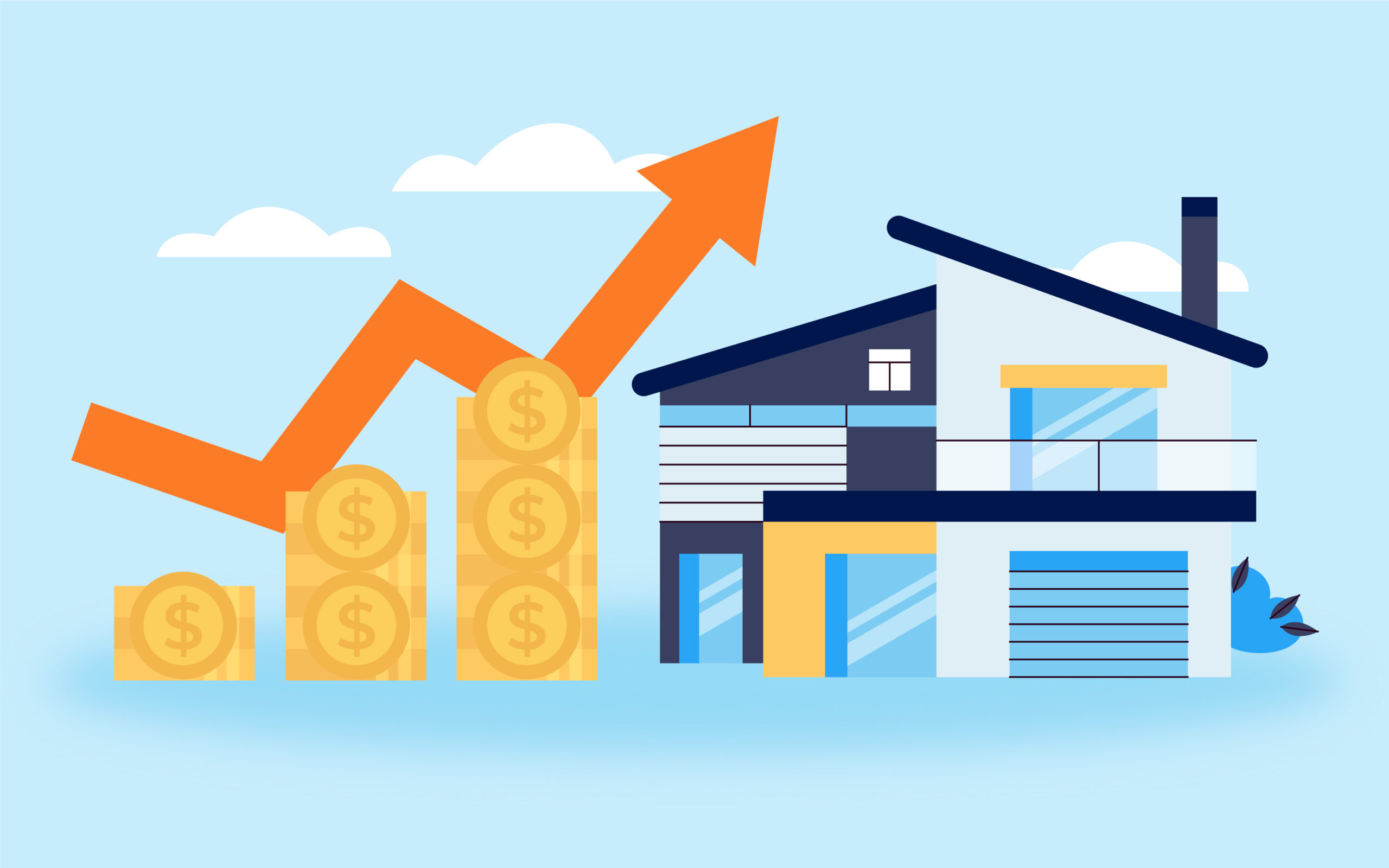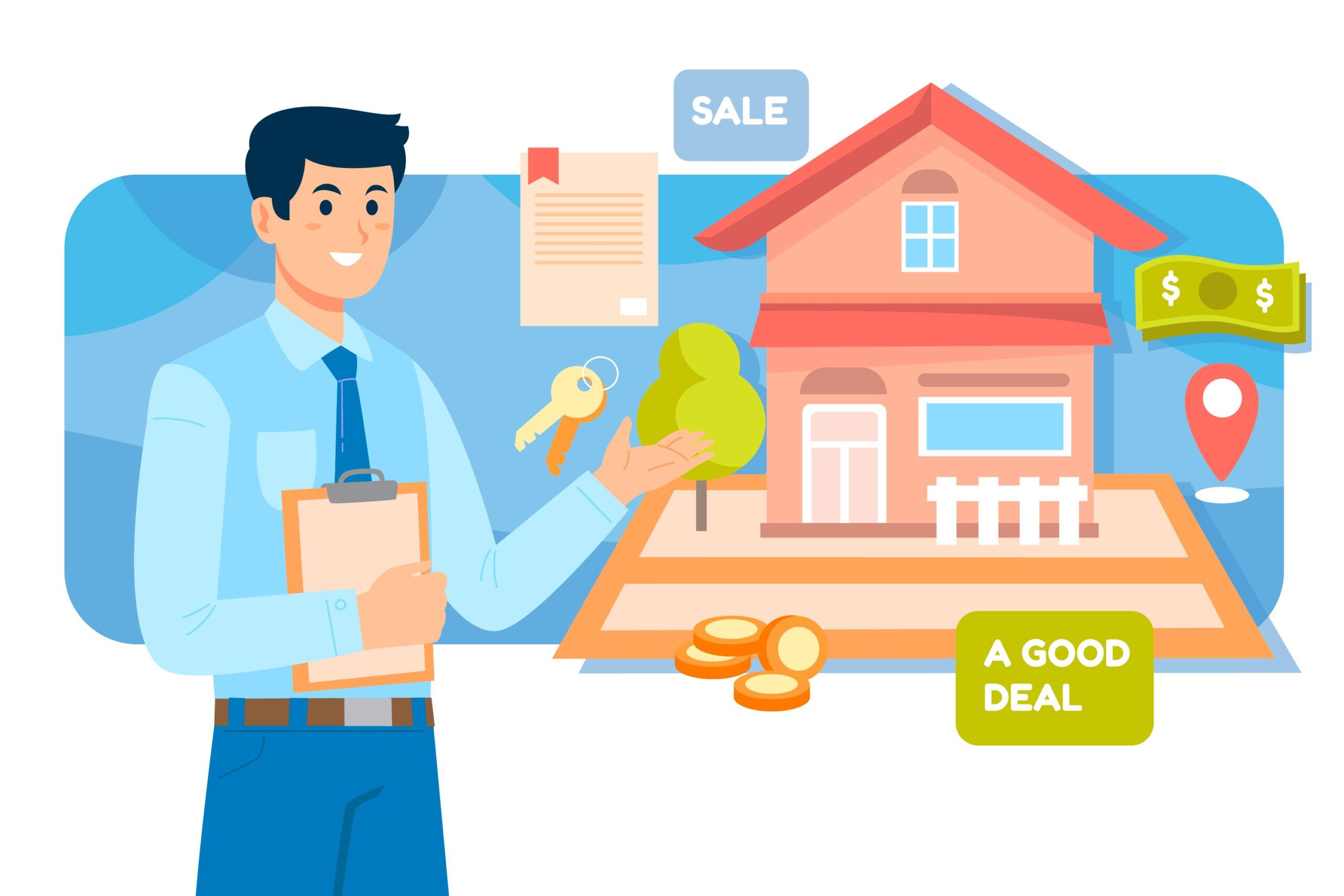Table of Contents
ToggleAre you scratching your heads over the apt price tag for your house? Determining the right price for your house can certainly become a complex affair. Especially in an active market like California, buyers have a lot of options.
So, you would not prefer losing buyer interest due to undetermined or improper prices. This is where the art of pricing presents itself. Irrespective of how valuable your house is, you must find the perfect balance between underpricing and overpricing your house.
You cannot just skyrocket the price of your property because of your emotional attachments nor should you blindly reduce the value out of impatience. There are different factors that determine your house value.
In this blog, I, Amish Munshi, will guide you through the process of listing your property at the best price possible.
Understanding the Real Estate Market in California
Pricing based only on state or national patterns may unintentionally result in mispricing. There is a significant variation in the median home prices in California, according to CAR statistics. Recent data from the California Association of Realtors reveals a significant rise in Bay Area home prices. As of March 2024, the median home price nears $1.4 million, marking a 15.5% increase from the year 2023. Consequently, a thorough analysis of the state of the local market is necessary for an accurate appraisal.
Factors to Consider Before Fixing the Price Tag for Your House
- The First Step is to Estimate
It’s much better to rely on estimates than go directly for the right price. There are many websites that can help you get an estimated price for your house based on different factors. This will give you an apt range, thereby helping to avoid mispricing. This is a great starting point for your price research.
- Survey on Recent and Similar Sold Homes
You can certainly conduct your own online study and determine your home’s value if you’re selling it on your own. A survey on recently sold homes can be a great help. It can act as a reference point. In my experience, I have found many clients that request a thorough Comparative Market Analysis (CMA). However, in case you decide to do it yourself, there are some factors to keep in mind –
- A sample property must be within one-fourth to a half mile of your house.
- It should have been listed within three months.
- Not much old or new compared to your property.
- Roughly the same carpet area as your house. Suppose your house has an area of 2000 square feet. Look for houses within the range of 1850 – 2150 sq feet.
- Review Listed Prices
Examine foreclosed properties in your neighborhood to obtain ideas for pricing your house. The initial listing price and final sale prices should be compared for recently sold homes. Check if a sale was made after numerous price reductions. Or if the price was too high, to begin with? This can give you an idea.
- Try Avoiding Pricing Obscurely
When in a grocery store, you must notice century pricing of commodities. Prices like $ 9.99 or $ 49.99 are a psychological way of attracting buyers. Seeing this, you can think about applying this technique with real estate with prices like $ 349,999. But listing a home for an odd, arbitrary amount (like $123,456) turns off purchasers and presents a poor picture of you, the seller.
- Think From the Buyer’s Perspective
Although it can be difficult, you must set aside your emotional tie to your house in order to sell it. Examine what else is being sold for about the same price in the area. Objectively speaking, you should ask if these houses are worth more or less than yours.
- Bid Pricing in Auctions
Sellers will occasionally offer their properties for an alluringly low asking price in the hopes of sparking a bidding battle that will raise the final sales price, particularly in large seller markets.
Even while this tactic has some potential, there’s always a chance that your highest-priced offer won’t be approved for financing, particularly if your house doesn’t end up selling for the asking price. If that occurs, you run the risk of losing out on cheaper bids, and prospective buyers might start to question whether your house has a defect that is causing the purchase to fall through.
Before choosing which offer to accept, carefully consider all of its details; the offer’s terms and conditions are not the only consideration.
- Review Your Listed Price
It’s critical to track how the market reacts to your listing. If you’re not getting enough bids or attention for your house, it’s time to reevaluate your pricing approach. While several bids over the asking price may point to underpricing, a lack of interest frequently suggests overpricing.
Conclusion
To sum up, setting the right price for your house is a careful balancing act that calls for careful research, careful planning, and advice from real estate experts. Being flexible with your price, considering home upgrades and pricing precisely are all crucial factors to set your foot in California’s real estate market. You may learn the art of pricing and position yourself for a successful sale with experienced assistance.
In your search for the best price, having special help is a win-win move. Amish Munshi is a perfect destination for house listers like you in California. Their customized price solutions have already proven wonders for many happy house sellers. So, why sit and wait? Contact now and find the right price to attract the right buyers.





